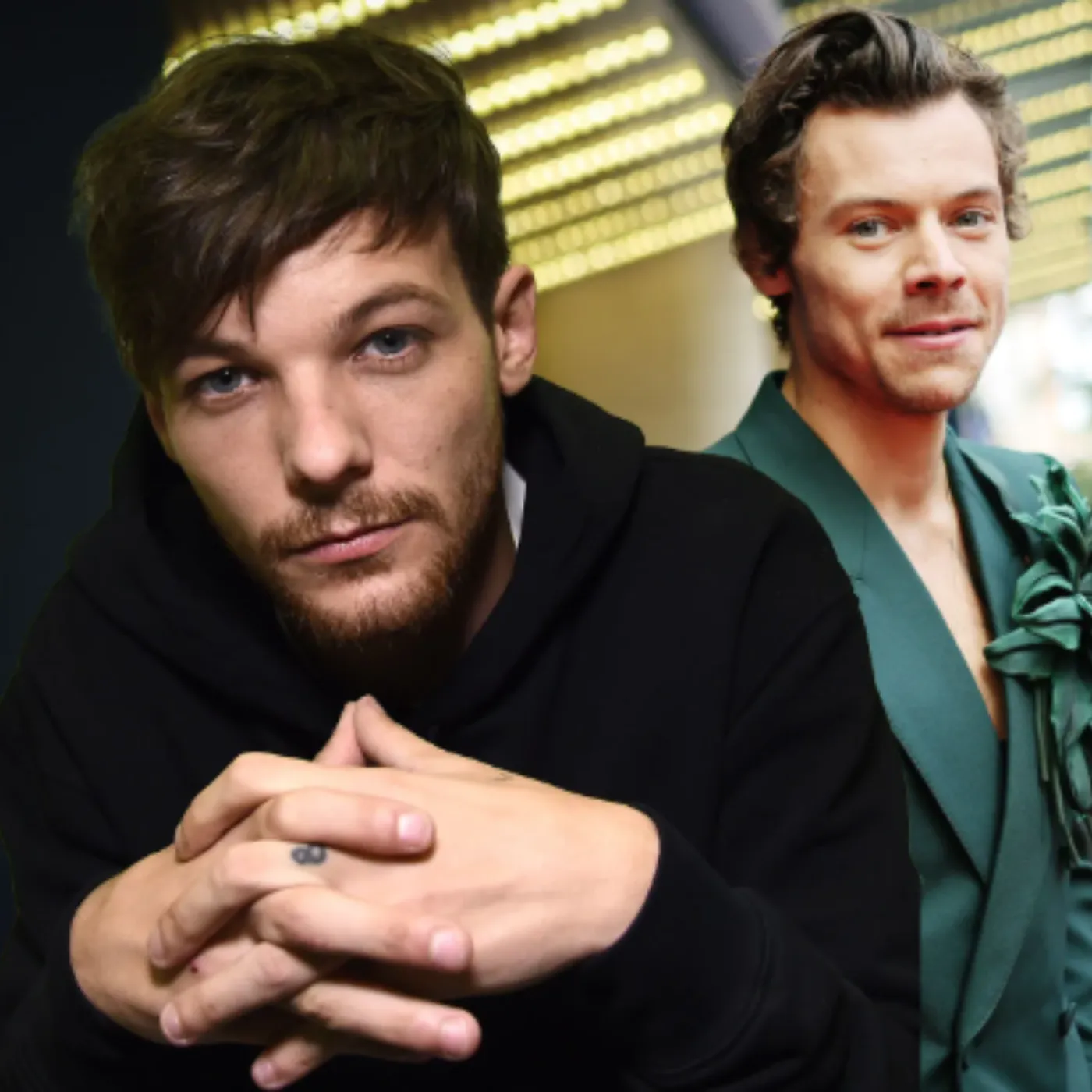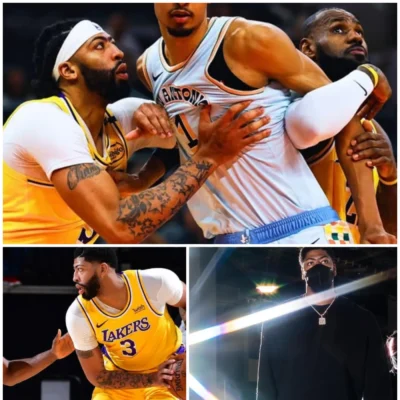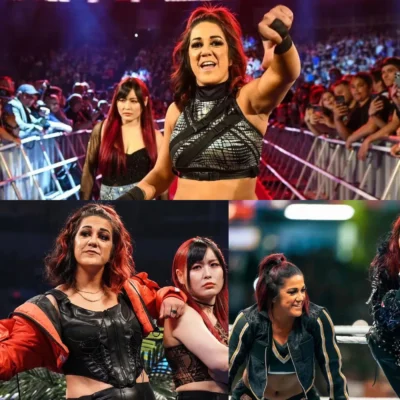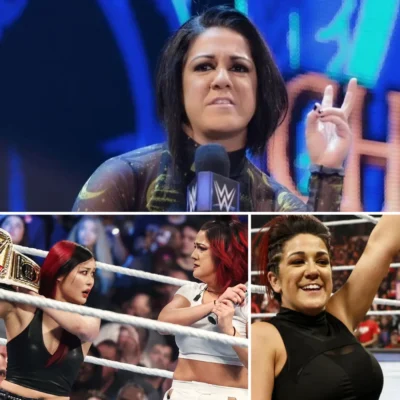
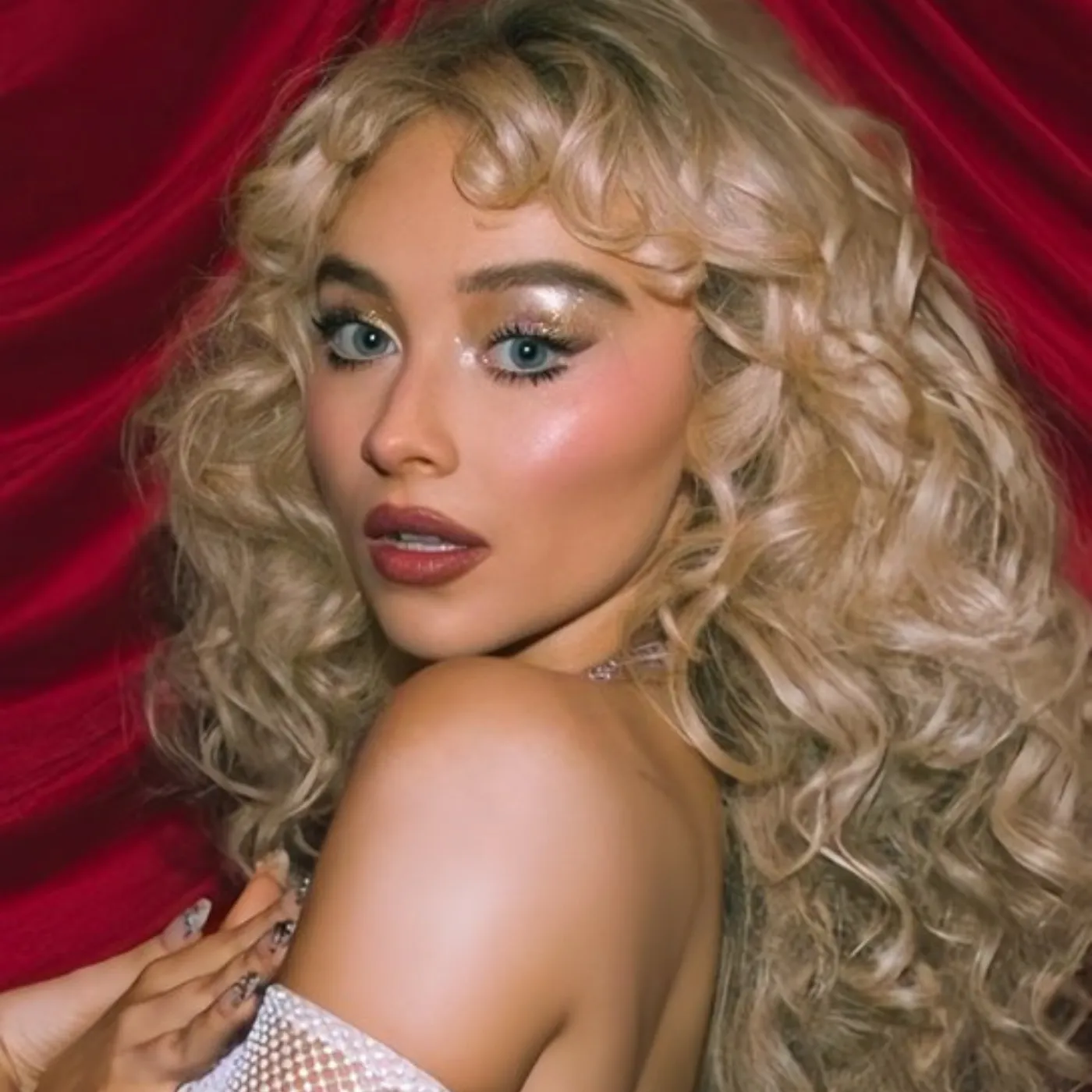
‘Where Are Her Parents?’ Internet Freaks Out Over Sabrina Carpenter’s Album Cover
In the world of modern pop music, few things ignite debate as fast as album artwork. Sabrina Carpenter, the multi-talented singer, songwriter, and actress, recently found herself at the center of a storm surrounding her latest project, “Man’s Best Friend.” The provocative album cover has triggered a heated online conversation, with critics and fans alike weighing in on social media platforms. While some observers questioned the imagery, Sabrina Carpenter has confidently defended her artistic vision, highlighting the intentions and storytelling behind the project.
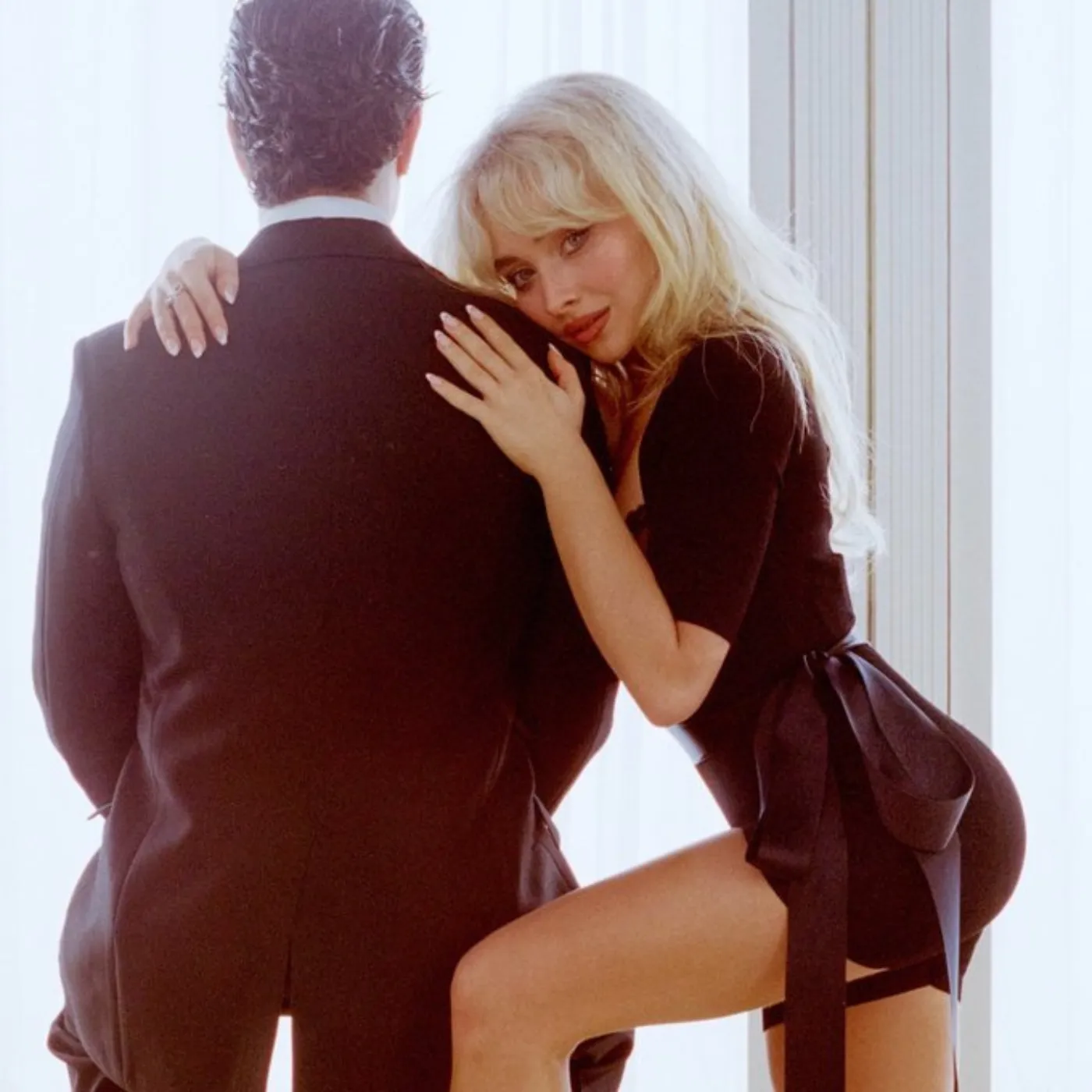
The Controversy Around ‘Man’s Best Friend’
The controversy began immediately after the release of the album cover. Critics and casual social media users reacted with shock and confusion, some even asking, “Where are her parents?” Such comments quickly gained traction across platforms like Facebook, Twitter, and Instagram, with hashtags and trending posts amplifying the debate.
For many artists, this type of backlash could be damaging, but Sabrina Carpenter approached the situation differently. She took to interviews and social media to clarify her perspective, emphasizing that the controversy was largely a result of misunderstanding her artistic intentions.
“Y’all need to get out more, I think,” Carpenter stated. “I was actually shocked because between me, my friends, family, and the people I always share my music and art with first, it just wasn’t even a conversation. It was just like, it’s perfect for what the album is [and] what it represents. Everything about it to me just felt so opposite of the world ending.”
Understanding Artistic Intention
At the heart of the debate is a fundamental issue in entertainment: artistic intention versus public perception. According to Carpenter, the “Man’s Best Friend” album cover was never designed to provoke controversy. Instead, it represents the themes, stories, and personal experiences conveyed through her music.
“At that point, [people] hadn’t heard the project. They don’t know me, they don’t know my intentions. They don’t know the stories I’m telling,” she explained. Carpenter’s comments underline the importance of context in understanding an artist’s creative vision.
For fans who follow her work closely, the imagery is immediately recognizable as an extension of the album’s narrative, capturing themes of independence, self-expression, and personal growth. Meanwhile, casual observers may focus solely on the shock value, sparking debates and viral posts across social media.
Fan Reactions and Social Media Buzz
Despite some criticism, Sabrina Carpenter’s fans quickly rallied to her defense. On Facebook, posts sharing the album cover accumulated thousands of likes, comments, and shares, as supporters highlighted the authenticity and creativity behind the artwork.
Fans pointed out that the cover art aligns perfectly with the themes and emotions of “Man’s Best Friend.” Many appreciated Carpenter’s willingness to push boundaries and her confidence in expressing her unique artistic voice. The surge in online support illustrates the power of a loyal fanbase in shaping public perception, even amid widespread controversy.
Social media platforms like Twitter have seen threads analyzing the imagery, while Instagram hosts countless posts debating the artistic choices. The intensity of engagement highlights how controversial visuals can amplify visibility, turning potential criticism into broader discussion and even marketing opportunities.
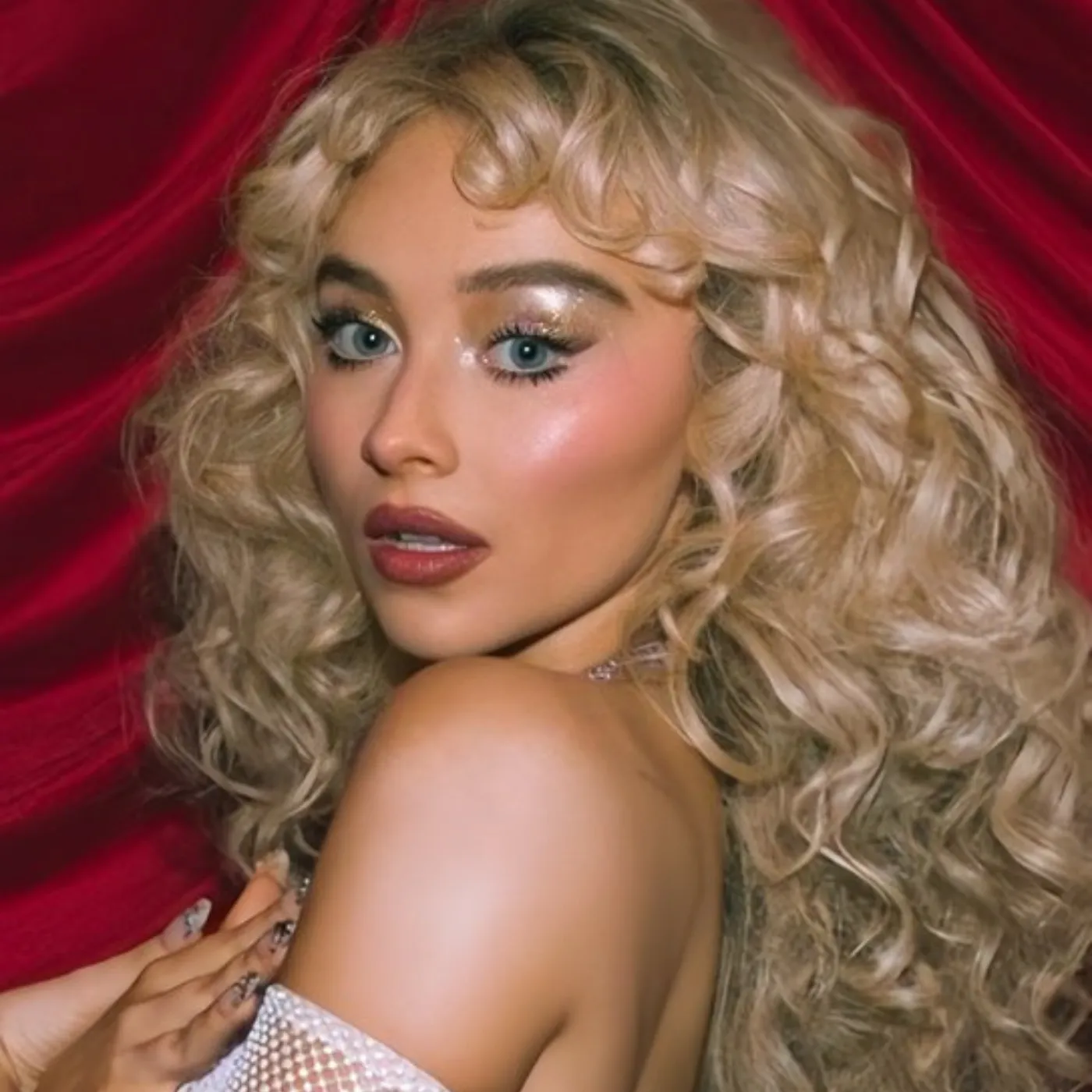
Parents Approve, Critics Outraged
One of the most surprising elements of the story is that Carpenter’s own parents reportedly loved the album cover. This personal detail contrasts sharply with online outrage, emphasizing the difference between private approval and public scrutiny in the age of viral culture.
“My parents actually saw the photo and they loved it!” she said. This statement reinforces Carpenter’s credibility as an artist who stays true to her vision while navigating the unpredictable responses of the internet.
The parent-approved angle also gives her a unique talking point in interviews, highlighting her grounded approach to creativity despite the storm of public opinion. It frames the debate as a discussion about interpretation and understanding, rather than simple outrage.
The Viral Nature of Controversy
The “Man’s Best Friend” album cover controversy is a classic example of how virality works in the modern music industry. Algorithms on platforms like TikTok, Facebook, and Instagram favor content that sparks debate, particularly posts that generate strong emotional responses such as shock or anger.
By addressing the criticism directly, Carpenter has turned potential negativity into an opportunity to engage her audience, further increasing visibility for her album release. The resulting buzz demonstrates how controversy can be harnessed as a marketing tool, provided the artist maintains authenticity and communicates their intentions clearly.
Moreover, the debate underscores a shift in pop music culture: visual elements now carry equal weight with musical content. Album covers are more than just artwork—they shape first impressions, influence public discussion, and even affect how listeners interpret the music itself. Carpenter’s experience with “Man’s Best Friend” illustrates this evolving landscape perfectly.
Why the Controversy Resonates
Several factors contribute to the intensity of public reaction:
-
Visual Shock Factor – The album cover immediately captures attention, prompting emotional responses from fans and casual observers alike.
-
Social Media Algorithms – Platforms favor content that sparks strong reactions, amplifying reach and discussion.
-
Celebrity Influence – As a high-profile artist, Carpenter’s actions are naturally scrutinized more than those of lesser-known musicians.
-
Cultural Narratives – Questions about maturity, independence, and expression intersect with public interpretation, fueling debate.
These dynamics explain why a single piece of visual art can dominate online conversation, generate memes, and trend globally within hours.
Sabrina Carpenter’s Media Strategy
Carpenter’s handling of the controversy demonstrates media savvy. By openly discussing her intentions, emphasizing the understanding of her dedicated fans, and noting her family’s approval, she effectively reframes the narrative. Rather than avoiding criticism, she uses it as an opportunity to strengthen her artistic identity.
This approach aligns with contemporary strategies in pop culture, where artists leverage controversy to maintain attention, boost engagement, and reinforce personal branding. Carpenter’s case shows that thoughtful, authentic responses can turn potential backlash into a powerful tool for visibility.
The Broader Implications for Pop Culture
The “Man’s Best Friend” controversy highlights several trends in modern entertainment:
-
Visual storytelling is crucial – Album artwork now serves as an entry point into the music, influencing listener perception before a single note is heard.
-
Engagement metrics drive strategy – Social media interactions, including likes, shares, comments, and click-throughs, often dictate an artist’s reach and promotional success.
-
Authenticity resonates – Fans gravitate toward artists who defend their vision and communicate openly about their creative process.
Carpenter’s experience demonstrates how digital culture has redefined the relationship between artists and their audiences. Controversy is no longer solely a risk; it can be a strategic opportunity when navigated with care and authenticity.
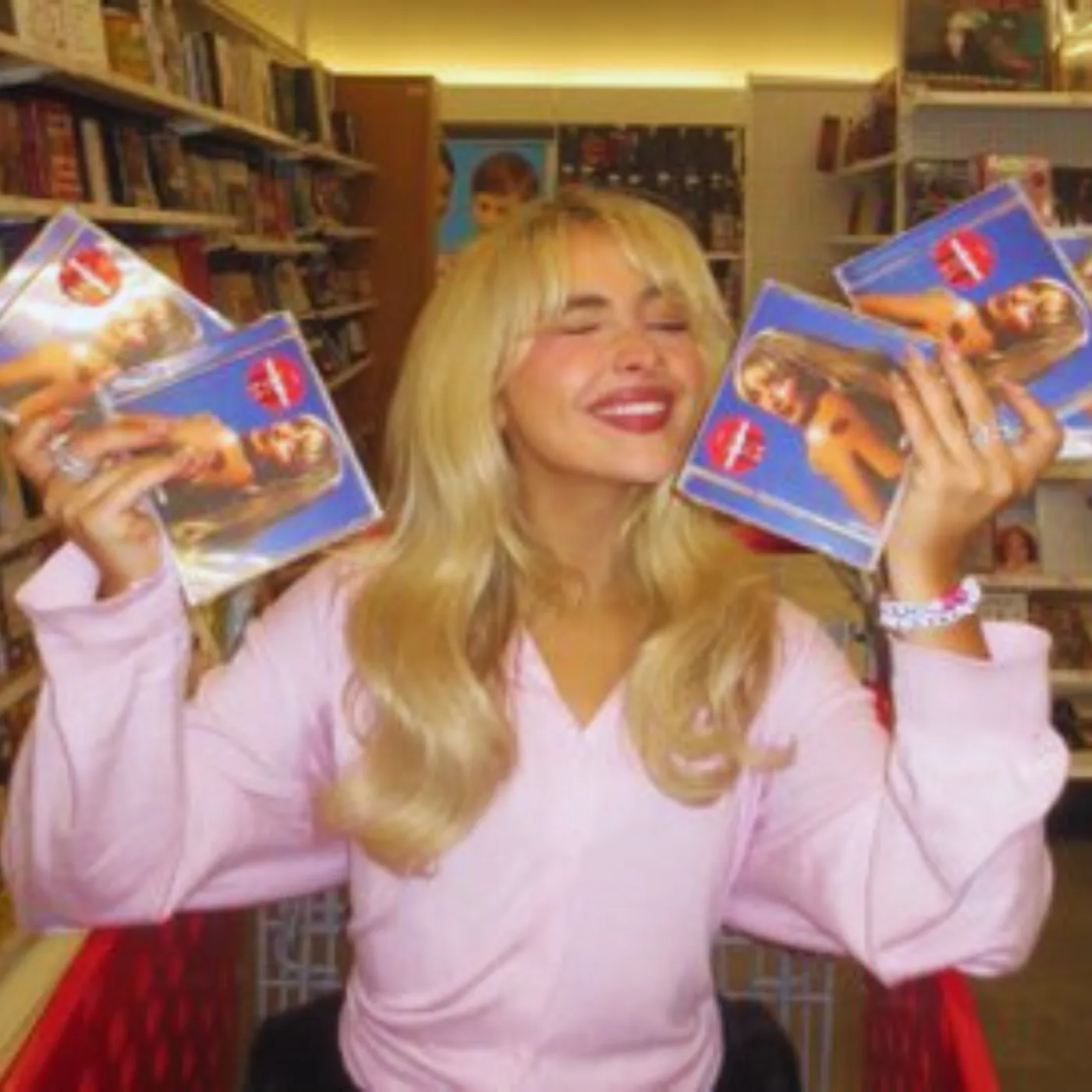
Conclusion
The controversy surrounding Sabrina Carpenter’s “Man’s Best Friend” album cover is a powerful case study in modern pop culture, illustrating the complex interplay between art, audience, and social media dynamics. By defending her work, emphasizing the role of artistic intention, and engaging with fans and media, Carpenter has transformed potential criticism into a platform for meaningful discussion.
Her story underscores an essential truth for artists in the digital era: authenticity and context matter. While casual observers may react impulsively to a provocative image, dedicated fans and informed audiences can see the deeper narrative, recognize the artist’s vision, and support creativity without reservation.
Ultimately, Sabrina Carpenter has not only defended an album cover—she has championed the principle that artistic expression should be understood on its own terms, sparking conversation, challenging assumptions, and reshaping expectations in contemporary music culture.









